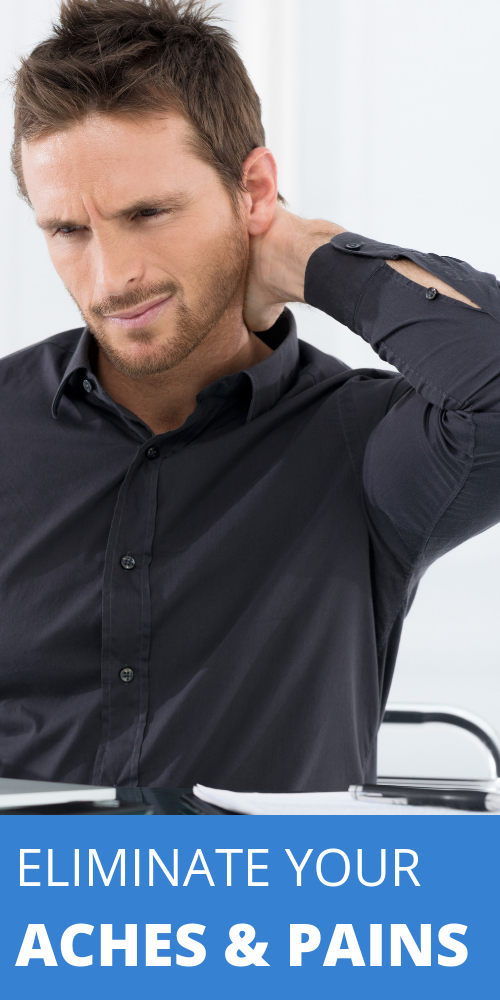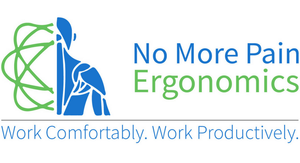-
Shop
- 🔥 Warehouse Clearance Sale 🔥
- Ergonomic Mice
- Ergonomic Keyboards
- Specialised Ergonomic Mice
- Standing Desks
- Ergonomic Chairs
- Laptop Stands & Risers
- Monitor Risers
- Computer Monitor Arms
- Footrests
- Wrist and Forearm Supports
- Back Supports
- Tablet Accessories
- Boardroom Chairs
- Headsets
- Other Ergonomic Equipment
- Online Ergonomic Training Courses
- New Products

- For Customers
- For Business Customers
- For Health Professionals
- About Us
- Reviews
Saddle Chairs
Tips and Information
Who Benefits from a Saddle Chair?
The saddle chair can be a preventative or rehabilitative ergonomic solution for users who may experience pain in their back, neck, upper limbs and/or are looking to improve their posture, spinal alignment, breathing and circulation. They are ideal for people whose work requires frequent reaching, varying work heights, close and accurate task work, long periods of standing, or has their work spread over a large area.
A saddle seat will give you corrected posture along with the ability to use your hands for task work, and is suitable for a wide range of professionals including dentists, surgeons, lab workers, hairdressers, artists, therapists, veterinarians and teachers.
How to Sit on Your Saddle Chair
When seated on a saddle chair, you are positioned higher than a traditional chair.
Thighs to be at a 45 degree angle from the floor. This ensures that your pelvis is supported in a neutral upright position, with feet flat on floor (or foot ring in the drafting chair).
Ensure that your knees are positioned lower than the hips.
You may need to raise your computer screen or office desk to accommodate your new upright position.
If you tend to lean forward while working, tilt the seat fully forward so that you can pivot from the hips and the spine maintains a neutral position.
If you usually work standing or on a high drafting stool, No More Pain Ergonomics also offer the Air Comfort Saddle Drafting Chair which includes a foot ring.
Thighs to be at a 45 degree angle from the floor. This ensures that your pelvis is supported in a neutral upright position, with feet flat on floor (or foot ring in the drafting chair).
Ensure that your knees are positioned lower than the hips.
You may need to raise your computer screen or office desk to accommodate your new upright position.
If you tend to lean forward while working, tilt the seat fully forward so that you can pivot from the hips and the spine maintains a neutral position.
If you usually work standing or on a high drafting stool, No More Pain Ergonomics also offer the Air Comfort Saddle Drafting Chair which includes a foot ring.
How to Use Your Saddle Chair
If you have been sitting with poor posture for many years, your body will need time to adjust, and it may take a few weeks to get used to your new saddle chair. Your core and inner thigh muscles are engaged which may cause initial muscle fatigue – this is great to identify that your body is working towards correcting its posture.
We recommend an adjustment period of two-three weeks for the saddle chair by following the tips below:
Tip #1
Begin with alternating between a flat seat and a saddle seat – initially only using the saddle seat for no more than an hour a day and build the time up over the first 2 weeks.
Tip #2
Explore different angles and height variations to find what is most comfortable for you.
Tip #3
We recommend to use the saddle chair without the back rest for the first few weeks, in order to help you adjust to the new position and build the necessary muscles to support the corrected posture.
Tip #4
You may feel tight in the hips and thighs at first, but these muscles and ligaments will stretch out and relax as your body adjusts.
Tip #5
If you are intending to be seated for periods of 2 hours or longer in the saddle chair, we recommend to attach the backrest after the initial weeks so that you have a resting position while using the chair.
What about using the saddle chair without a backrest?
This is absolutely fine if you sit for short periods of time and doing active tasks while using the chair. The lumbar support that traditional chairs include with the back rest are provided naturally with the curve through the open hip angle and straddle posture. This position rotates the pelvis upright, keeping the spinal column in its neutral curves, opening up the chest and abdomen to allow full function of the lungs, and assisting in blood and lymphatic circulation. The active position of the saddle chair will also help enhance your muscle tone.







